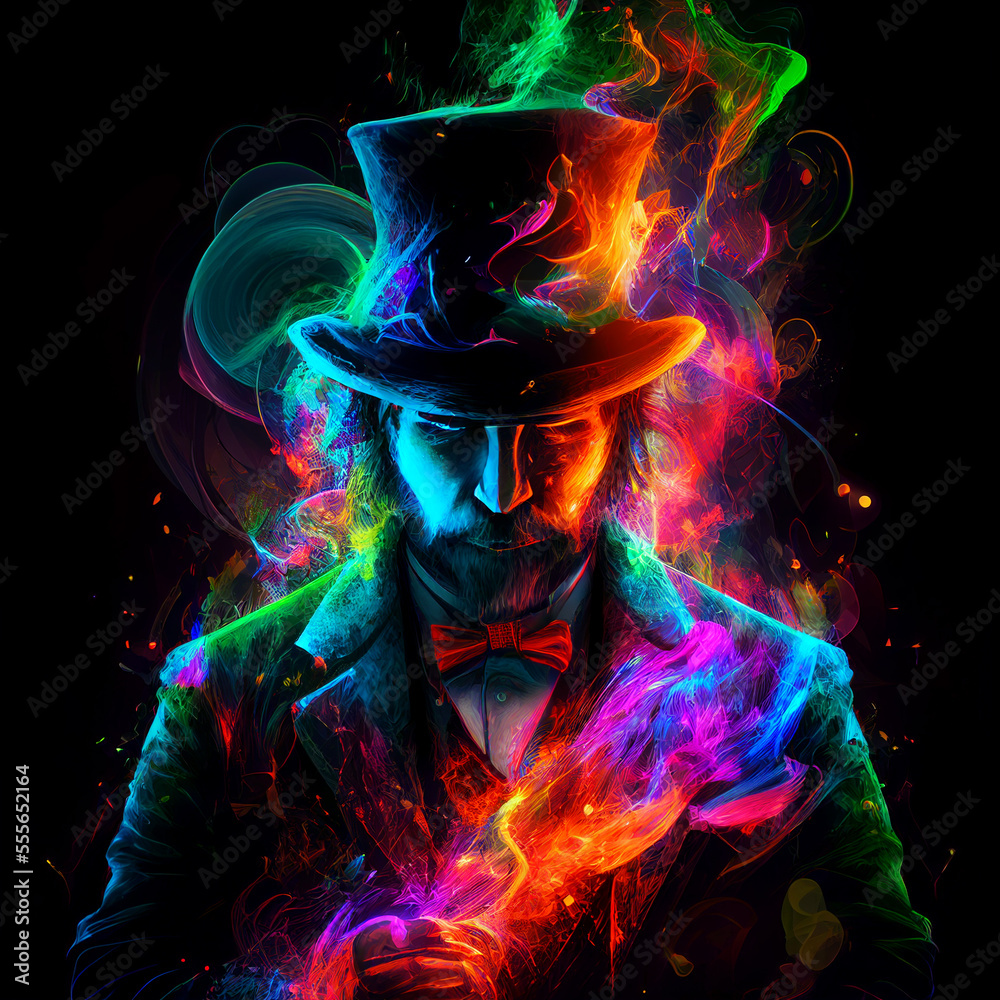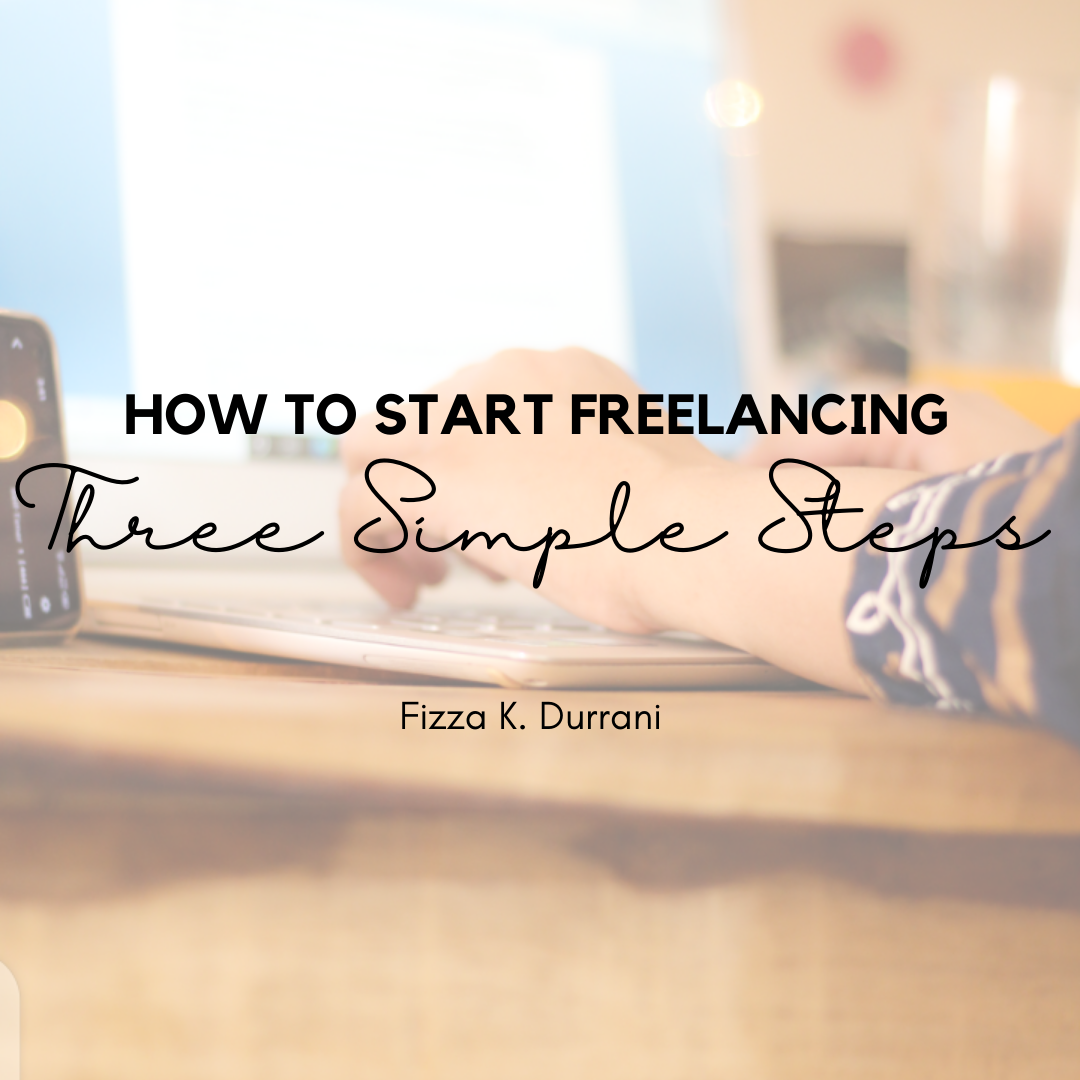
Do you know Generative AI is not today’s technology, it has its roots in history too!
But let me tell you what is exactly Generative AI. If we put this into simple terms I can say that it is a creative companion that not only assists, inspires, and may even surprise you by creating real content.
Let’s go back in history and see what was the origin of such inspiring technology. Many scientists and researchers were exploring artificial intelligence in the early 20th century. The roots of GenAI trace back to machine learning in the late 1950s when scientists envisioned using algorithms to create new data.
One of the most famous scientists of that time was Alan Turing. He was already working on artificial intelligence and real things began to happen when the question arose can machines think? To test this idea a man interacted with a computer and answered certain questions. This program's task was to trick this man that he was talking to a real human.
In 1956 there was a workshop called The Dartmouth Summer Project on Artificial Intelligence. Where experts from different fields of science came together and debated on the process of reasoning, intelligence, and creative processes. There was an American Computer Scientist John McCarthy who first proposed the term Artificial Intelligence.
As the decades passed, things happened faster. Machines were becoming more faster cheaper and capable of storing more data. Algorithms were also improving. In the late 1950s, Frank Rosenblatt introduced a neural network called perceptron. It was a basic machine learning model that helped computers to learn from a diverse range of data.
The first ever example of Artificial intelligence was Eliza- the chatbot in1961 which was created by Joseph Weizenbaum. It was the first computer that talked with humans and simulated the work of a physiotherapist.
In the late 1970s progress was declined due to reduced funding.
In the late 1990s and 2000s, computers’ processing ability started to grow. As the internet started to emerge, new paths unfolded, and it became popular that now computers could process large data.
Imagine a very smart computer that can draw things! Yes, it's true! Let’s talk about early generative AI art. The first generative AI art was made by Ian Goodfellow who was a student at the University of Montreal. Ian introduced GANs- Generative Adversarial Networks.
GAN has two main parts- a generator and a discriminator. The generator's job is to generate images, text, or audio while the discriminator decides whether it's fake or real. As time passed, the computer got even smarter! Eventually, the generator got so competitive that the discriminator couldn’t tell whether it was fake or real.
Today’s Generative AI is impressive in creating artworks and images. Artists are using AI algorithms to produce astonishing results, push boundaries, and generate new ideas to challenge traditional approaches. AI is also working as an inspiration for artists to create new perspectives. AI can help in identifying trends that humans were missing in previous years.
To wrap up, I must say don't overlook the power of AI in your creative work. Generative AI can influence your everyday lives. You can create more personalized content based on your preferences. One thing is for sure it is more present in our daily more than ever! So, we are keeping our outlook positive and can say that the future of AI is promising and continues to excite and inspire us!
What do you say?
Leave a Comment
Related Posts
-
18 May 2022
-
18 May 2022
-
20 May 2022
Sign up for free, explore fun and knowledgeable content, and make your own portfolio!
🟢All System Operational
© 2022 - 2024 Freelancing by Fay.
Design by Limitless Technologies Pakistan - All rights reserved.


1706540714.jpeg)




0 Comments